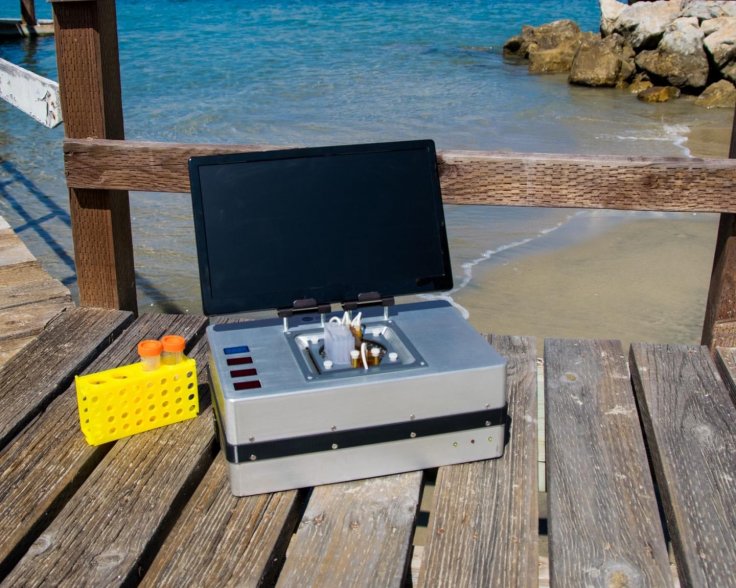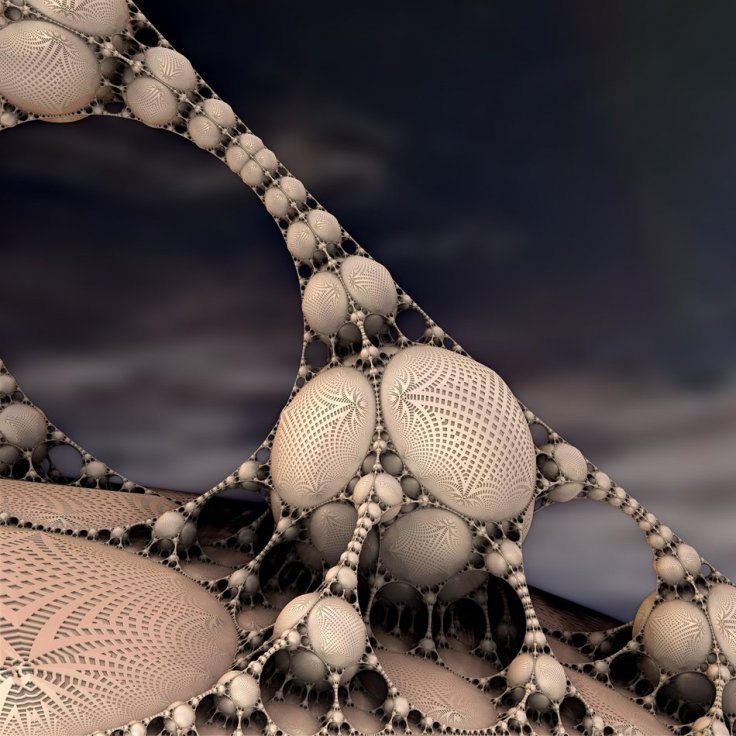The belief that earth may not be the only planet capable of harboring life in the universe is widespread among several scientists and space enthusiasts. It is likely that life on numerous planets may have existed or continues to exist.
However, discovering traces of life on them remained a gigantic challenge. Now, a NASA-funded study has managed to produce a fully-automated device that could someday aid in the detection of organic biosignatures in extraterrestrial soil.
The device, a completely-automatic microchip electrophoresis (ME) analyzer, can be integrated into an exploratory rover. "We have developed a portable, automated, battery-powered, and remotely operated ME instrument coupled to laser-induced fluorescence(LIF) detection. This system contains all the necessary hardware and software interfaces for end-to-end functionality," wrote the authors.
Overcoming Limitations of Existing Techniques

What forms a vital clue of alien life is the presence of certain life-sustaining organic molecules. Earlier expeditions to Mars have employed gas chromatography coupled with mass spectrometry (GC-MS) — an analytical technique that measures the ratio of ion — to separate and recognize compounds. Nevertheless, they are bound by limitations with regard to the investigation of certain molecules. These include organic acids, especially salts or mineral and water are also present in the sample.
Overcoming this hurdle is possible through the use of ME-based separations, followed by LIF detection. ME is a method used to isolate various proteins, nucleic acids and other charged molecules under the influence of an electric field. LIF is a sensitive laser imaging technique that utilizes the principle of exciting particles using electromagnetic radiation.

Currently used techniques, however, are only partly automated and are not ideal for interplanetary missions. This prompted the research team to develop a battery-powered and portable ME-LIF instrument, that can receive a sample and carry out labeling, separation and identification of organic molecules—all in an entirely automated manner.
Designing A Highly Efficient Instrument
The scientists designed a device that consisted of two microchips—one that processes and labels a liquid sample while the other (an ME chip) separates compounds—and a detection system that leverages LIF. Following the perfecting of the device, the authors tested it in simulated Martian conditions in Chile's Atacama Desert.

A remotely deployed rover system containing a portable subcritical water extractor was fitted with the analyzer. As the rover drilled into the soil, the samples were fed into the extractor. Following this, water was introduced into the acquired samples, which were heated to extract compounds for analysis.
The newly designed system detected amino acids in soil from three of four drilling locations at parts per billion levels. It was found that the sensitivity of the analysis was significantly higher than those reported for GC-MS-based methods. "This is the first demonstration of a fully automated ME analysis of soil samples relevant to planetary exploration," explained the authors proudly.
While more tinkering and perfecting of the instrument is required before it's fit for extraterrestrial conditions and spaceflight, the scientists expressed hope that this could lay the foundation for the development of ME-LIF for life-finding missions.








